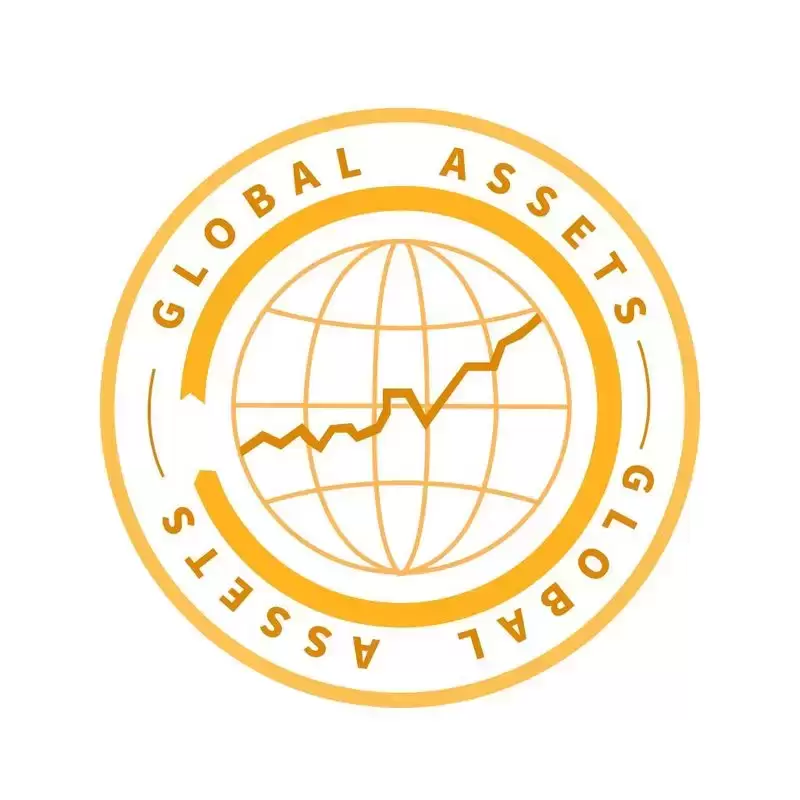 |
|
 |
|
 |
|
 |
|
 |
|
 |
|
 |
|
 |
|
 |
|
 |
|
 |
|
 |
|
 |
|
 |
|
 |
|
Cryptocurrency News Articles
Tether (USDT) Explained: Everything You Need to Know About Tether Coins
Mar 29, 2025 at 03:15 am
Tether (USDT) is a stablecoin, which is a type of cryptocurrency designed to maintain a steady value over time.

Tether (CRYPTO: USDT) is a stablecoin, a type of cryptocurrency designed to maintain a steady value over time. It’s different from other crypto coins, like Bitcoin (CRYPTO: BTC) or Ethereum (CRYPTO: ETH), because its price is pegged to the U.S. dollar.
Here’s what you need to know about Tether and how it works.
What is Tether?
Tether is a type of cryptocurrency called a stablecoin. The token was created by Tether Limited in 2014. Unlike other types of cryptocurrencies, USDT doesn’t experience wild swings in prices. Instead, Tether’s value is tied to the U.S. dollar via a 1:1 ratio, meaning one Tether coin equals roughly $1.
As of mid-March, one Tether coin was $1.00 with a market cap of $144 billion, making it the third-largest cryptocurrency by market cap, according to Coinmarketcap.com.
Tether coins are backed by U.S. cash and other assets held by Tether’s reserves. In order to manage the supply and to make sure the value of a USDT coin stays in line with the value of $1, Tether’s parent company, Tether Holdings Limited, is in charge of managing the reserve supply. The company reports on its reserves quarterly.
As of Dec. 31, 2024, Tether reported more assets than liabilities, with $157.6 billion in backing and $137.6 billion in circulating tokens.
But the $157.6 billion in backing isn’t just in a stack of dollar bills sitting in a bank somewhere — the money is often held partly in cash, cash equivalents, secured funds, corporate bonds, loans and a few alternative assets.
Here’s a closer look at how Tether stores its cash:
Breakdown of Tether’s liquid asset allocation (82.3 percent):
Breakdown of Tether’s alternative asset allocation (17.7 percent):
Many investors simply see Tether as a digital version of the dollar. This is important because it directly influences how investors use Tether coins and how the coins operate in the crypto universe.
Prior to Tether, there really wasn’t any way for crypto traders to easily move their money in and out of the blockchain ecosystem without it taking their fiat money out of the crypto space entirely.
This means if you wanted to sell your Bitcoin, for example, but didn’t want to cash out entirely and instead wanted to buy another cryptocurrency, you’d have to sell the crypto, take the gains in the form of actual cash, then re-transfer that cash into your account.
With Tether, investors can sell their Bitcoin and then park their funds in a stablecoin rather than cashing out.
How Tether works
Tether also introduced the idea of a less-volatile asset that still operates on the blockchain. Because of this, investors also use Tether as a store of value. For example, in cases of extreme market volatility, investors look to Tether, which experiences fewer price swings.
Tether also plays a role in smart contracts, which are contracts that self-execute once a pre-determined set of conditions have been met. By using Tether, or another stablecoin, as part of these smart contracts, investors can avoid the price complications that would come with using another crypto that may be more volatile.
Is Tether a good investment?
Tether might seem like a safer investment because of its underlying dollar backing, but it’s still a type of cryptocurrency.
The entire crypto market carries significant risk, including insane price swings, which is part of the reason Tether was created. Even when investing in stablecoins, remember that crypto is as volatile as it gets. You’re still parking your money in an environment where crypto prices are driven only by investor sentiment, not cash flow or business performance like stocks are.
If you’re investing in Tether for its role as a medium of exchange between two cryptocurrencies, consider whether cashing out is a better option for you. Of course, it depends on what your goals are and what you’re trying to accomplish by investing in crypto.
A financial advisor can help you create a balanced portfolio that meets your short- and long-term goals — and Bankrate’s AdvisorMatch can help you connect with a CFP® professional.
You may also not have to pay the fees associated with moving your money in and out of a crypto exchange if you’re using Tether, potentially avoiding crypto exchange “on- and off-ramp fees,” which are what you’re charged to move fiat money in and out of the account. You may still pay fees associated with using a blockchain network, but using Tether may sometimes be more cost-effective
Disclaimer:info@kdj.com
The information provided is not trading advice. kdj.com does not assume any responsibility for any investments made based on the information provided in this article. Cryptocurrencies are highly volatile and it is highly recommended that you invest with caution after thorough research!
If you believe that the content used on this website infringes your copyright, please contact us immediately (info@kdj.com) and we will delete it promptly.
-

-

-

- Global Assets Launches New AI-Powered Intelligent Trading System to Enhance Global Trading Efficiency
- Mar 31, 2025 at 10:55 pm
- Recently, the renowned integrated trading platform Global Assets officially launched its new AI intelligent trading system, aiming to enhance global trading efficiency through technological innovation
-

-

-

-

-

-



























































